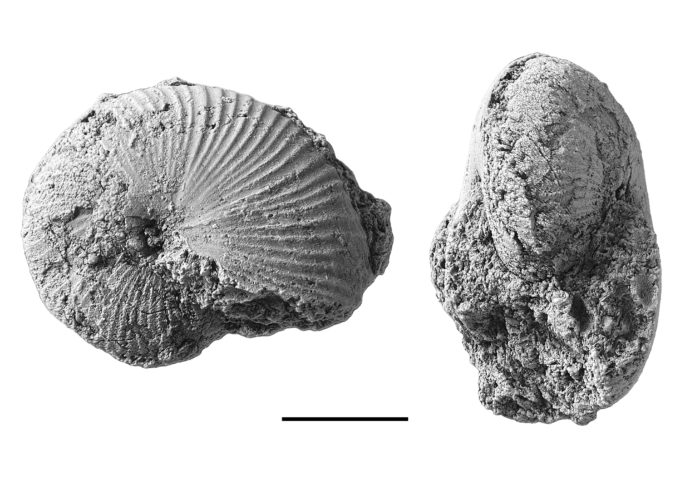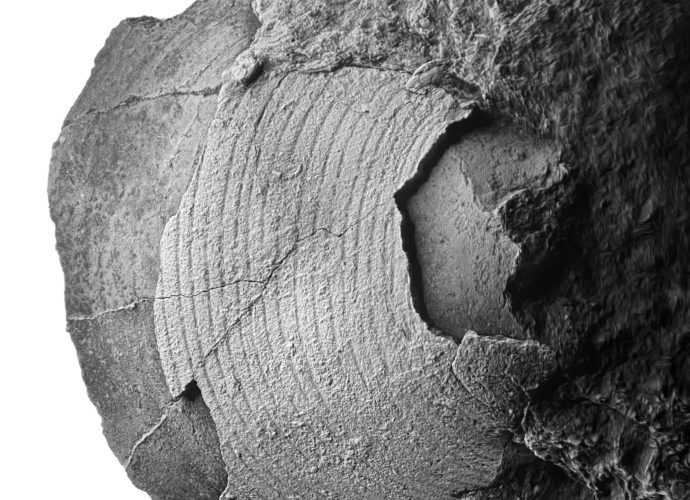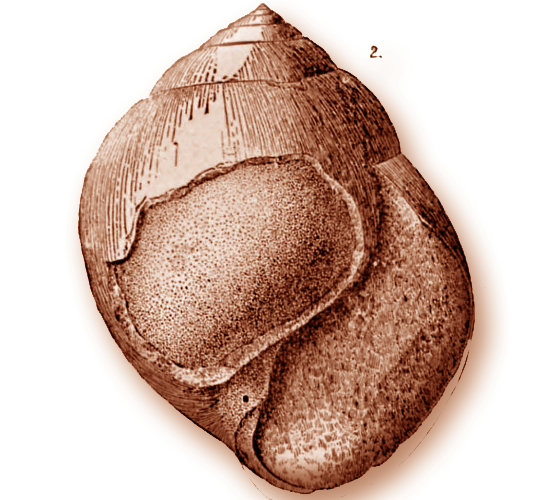Pennoceras seamani
Update: This is not a monospecific/monotypic genus. Some additional species are recently described in the mid-continent. I will add the references when I get time. The monospecific genus Pennoceras has a limited range, the Brush Creek and Pine Creek limestones in Pennsylvania and Ohio. These curious members of the GoniatitidaRead More →










